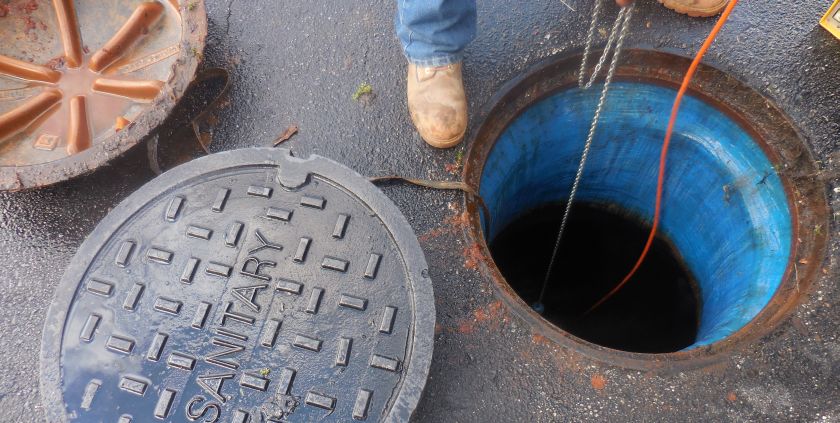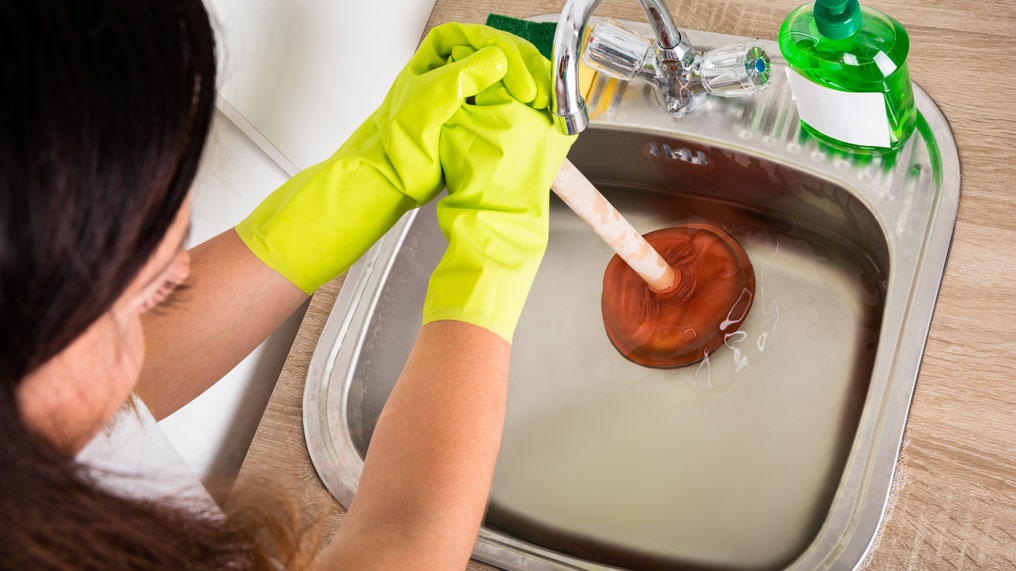Methods for Handling a Blocked Drain Before Contacting Plumbing Experts
Methods for Handling a Blocked Drain Before Contacting Plumbing Experts
Blog Article
This article down the page on the subject of Tips for Dealing with Clogged Drains and Sewer Lines is especially fascinating. Don't skip it.

Introduction
Handling an obstructed drainpipe can be an irritating experience, disrupting everyday tasks and potentially creating damages to your residential property. Nonetheless, before connecting to pipes professionals, there are steps you can take to resolve the issue on your own. In this guide, we'll check out do it yourself solutions and preventive measures to tackle a blocked drain effectively.
Determining the Problem
The initial step in resolving an obstructed drainpipe is recognizing the indicators. Slow-moving drain, gurgling audios, foul odors originating from drains, or water support up are common signs of an obstructed drain. Identifying these indications early can assist stop even more complications.
Choosing the Right Pipes Service
When choosing a pipes solution, consider aspects such as experience, licensing, and consumer testimonials. Pick a reputable plumbing with a performance history of top quality workmanship and clear pricing techniques.
Price Factors to consider
The price of professional drainpipe cleaning company can vary relying on the intensity of the obstruction and the plumbing professional's prices. Request quotes from numerous carriers and ask about any kind of added fees to make certain openness and avoid surprises.
Security Precautions
When trying do it yourself drainpipe cleansing, focus on security. Put on safety handwear covers and glasses to prevent contact with harmful chemicals or bacteria. Never blend various drainpipe cleaning products, as this can generate hazardous fumes.
Case Studies
Real-life instances show the performance of do it yourself services and the importance of prompt professional treatment in fixing drain obstructions.
Usual Root Causes Of Blocked Drainpipes
Recognizing the elements that contribute to drain pipes clogs is essential for efficient resolution. Common culprits consist of hair, soap scum, oil, food debris, and international objects like hygienic products or paper towels. Tree origins attacking below ground pipes can additionally trigger considerable blockages.
DIY Solutions
For small blockages, several DIY remedies can be efficient. Pouring boiling thin down the drainpipe can aid liquify grease and debris. Sodium bicarbonate and vinegar or a mix of salt and baking soda can serve as all-natural cleaners. Utilizing a bettor or plumbing snake to displace obstructions is an additional option.
Tools and Equipment
Having the right tools handy can make do it yourself drain cleaning up more efficient. A bettor is a flexible tool for removing obstructions in sinks, commodes, and showers. A pipes snake or auger can reach much deeper clogs, while drainpipe cleansing chemicals can be used very carefully for persistent obstructions.
Preventive Measures
To avoid future clogs, taking on safety nets is crucial. Mount drainpipe guards or strainers to catch hair and particles before they enter the pipelines. Routinely flush drains with hot water to dissolve grease buildup, and prevent getting rid of grease or strong waste down the drain.
When to Call an Expert
While do it yourself options can deal with minor obstructions, particular indications show the need for expert aid. Persistent obstructions, foul odors regardless of cleansing efforts, or several drains pipes supporting simultaneously are warnings that call for expert intervention.
Conclusion
By following the tips laid out in this overview, you can effectively take on blocked drains and prevent future plumbing concerns. Whether opting for DIY solutions or looking for professional help, punctual action is key to maintaining a healthy and balanced pipes system and maintaining the honesty of your home.
How to Clear a Clogged Drain Yourself (And When to Call In the Professionals)
What Can Clog a Drain
Dirt Skin flakes Hair Grease Soap scum Food Offset pipes Tree roots Small objects Mineral buildup DIY Tricks to Unclog a Drain
You can fix this! Once you have identified the source of the clog (or have a vague idea), you can try one or a combination of these fixes in order to clear your plumbing.
Wire Hanger or Snake
Untangle and clear out hair from a drainpipe with a homemade snake. Use a straightened-out wire hanger with a 90-degree angle hook to locate the clog and drag out any unwanted material.
Remember not to push the clog further down to where the wire hanger cannot reach! If you need to follow up with a plunger, give it a try. Your efforts might be more successful after it’s been wire-snaked.
If you want to get fancy and don’t have a wire hanger to spare, head to the store and pick up a hand-operated drain snake. You can get one for $10-$30. It may save you the hassle, and provide additional length to reach deep into the clogged pipe.
Plunger
A cup plunger has a suction cup attached to a wooden handle. The rubber creates a seal around the drain, and increases the pressure force of the plunger.
Plunge for 30-second increments to loosen the clog. This may need to be repeated over the course of 15-20 minutes. Once plunged, run the water to flush the remaining material out of the drain.
Remember– never use a plunger if you have used a chemical drain cleaner. These chemicals can splash up from the force of the plunger and cause serious injury or burns.
Boiling Water
Hot water can sometimes break up materials into a flushable amount. Dirt, grease, and soap buildup requires heat in order to unstick from surfaces.
Take your kitchen kettle and heat your water to a boil. Once it reaches a rolling boil, pour it directly down the drain into the blockage. Carefully follow with plunging, if necessary.
Don’t worry if this takes more than one try! It can often take multiple kettles and repeated plunging in order to clear a particularly stubborn clog.
Chemical Drain Cleaner
As a last resort, pick up a bottle of chemical drain cleaner. Drain-cleaning chemicals are potent, and not very good for the environment.
You may need to wear protective eyewear in gloves before handling your bottle of chemical drain cleaner. Follow the instructions printed on the bottle, and flush with water as soon as the instructions allow. Do not follow with plunging.
Baking Soda and Vinegar
As a safer alternative to chemical drain cleaner, baking soda and vinegar can create a chemical reaction that clears tough clogs.
Combine one cup of cleaning vinegar with one cup of boiling water, and set aside. Once you have done this, pour half a cup of baking soda down the drain. Give the baking thirty seconds to settle and cover a large portion of the problem drain.
Following the baking soda, pour down your vinegar and hot water solution. Once the vinegar and baking soda combine, the mixture will bubble and fix. Let this reaction fizzle in the drain for about an hour.
After an hour, follow with a kettle’s worth of hot water. The heat and liquid should flush out any remaining material.
When to Call a Plumber
If your DIY attempts haven’t cleared your clog drain, it’s time to call in a professional. It’s not worth losing access to your kitchen sink or high-traffic bathroom. A clog in a vital area can keep you from the things you’d rather be doing, and derail your routine.
Anytime a clog is causing water to spread is a time to call in a plumbing service. What starts out as a little bit of water can quickly grow into serious, expensive water damage.
Additionally, a serious clog can result in burst pipes or serious leaks. Make sure you know when to take it seriously!
https://myguysnow.com/how-to-clear-a-clogged-drain-yourself-and-when-to-call-in-the-professionals/

I'm just very inquisitive about 8 Tips For Clearing A Blocked Drain and I really hope you enjoyed the entry. Enjoyed reading our blog? Please share it. Let somebody else find it. Thanks for taking the time to read it.
Click Here Report this page